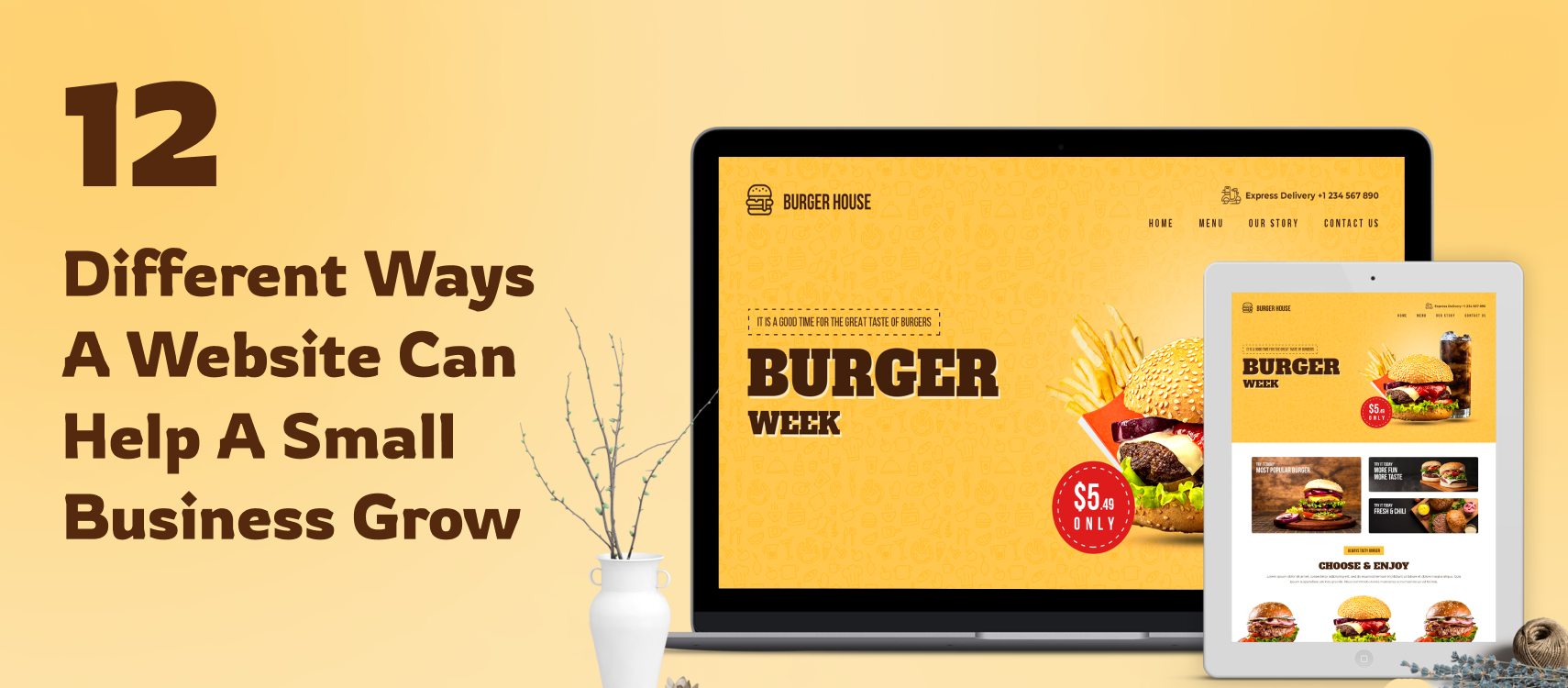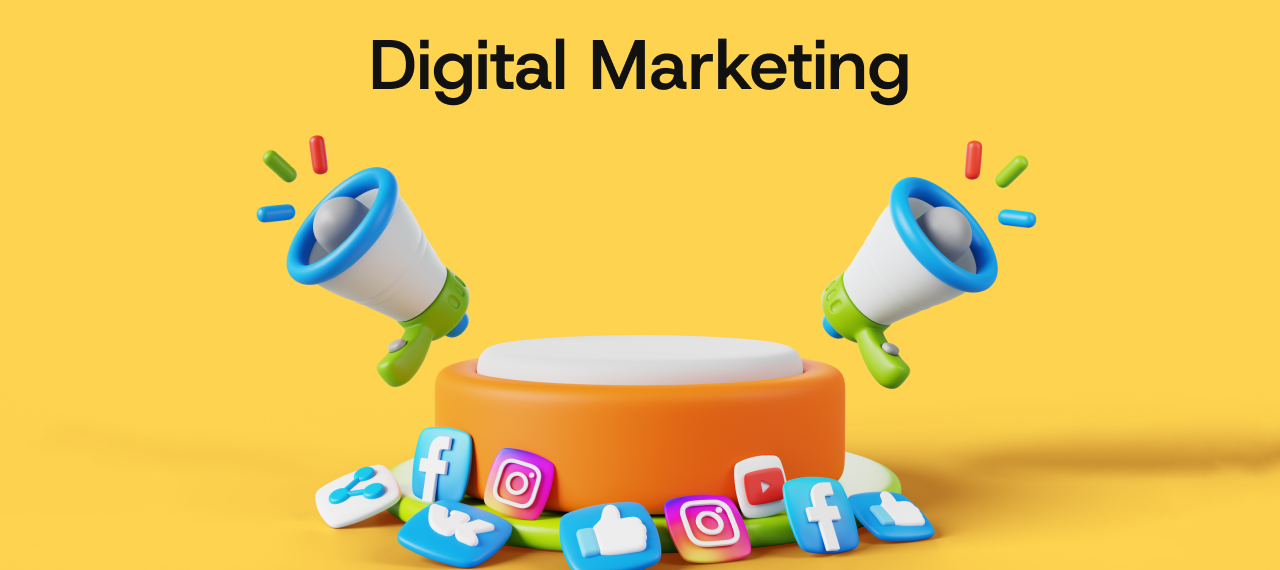Table of Contents
- App Icon Importance
- The Golden Rule of Consistency
- Final Thought
Your app icon is a lot more than just a tiny graphic representing your product in the App Store or Play Store. It’s the most vital storefront sign that works as a visual hook to grab the eyes of users while scrolling. The attention-grabbing power of the app icon can be decisive in whether the user will continue scrolling or stop and swipe right. In an ocean of apps vying for user attention from all sides, an app icon must do a lot more than just appear pretty. The basic function of the icon is to spark curiosity about the app and secondly create a visual memory to stay long in the user’s mind.
Let’s try to understand how to design a compelling app icon that does all of these.
Why Do You Have To Give Attention to App Icons in the Very Beginning?
Just think of walking into a job interview in your night dress. If this seems to be something ludicrous, so does a poorly designed app icon. It is something that no app business can afford to stay in the competitive league. So, what does a great icon do? Let’s find out.
- Boosts discoverability: It cuts through app store clutter, acting as a 24/7 billboard for your brand.
- Builds trust: Familiarity breeds loyalty. Think of how Twitter’s blue bird or Slack’s multicolored hashtag become subconscious shortcuts for users.
- Communicate purpose: A single glance should hint at your app’s function. Duolingo’s cheerful owl not only looks cute, but the funny-looking creature easily tells us that with Duolingo learning a foreign language is fun.
- Adapts everywhere: From Apple Watch complications to Play Store-featured banners, your icon must hold its own across platforms and screen sizes.
Step 1: Learn the Rules Before You Break Them
Every platform has its unique visual requirements and you cannot ignore them, or else, your designed piece might get rejected.
Apple’s App Store
- 1024x1024px PNG & non-transparent background.
- Avoid text, gradients that clash with iOS UI, or metaphors that require localization.
- Test against both light and dark modes. That moody black icon might vanish in dark mode.
Google Play Store
- 512x512px PNG & transparent background.
- Design for adaptive icons: Your icon will be masked into circles, rounded squares, or squircles. Keep critical elements centered.
- Export icons at 2-3x resolution: Blurry edges on Retina displays are the digital equivalent of spinach in your teeth.
Step 2: Distill Your App’s Soul into a Square
Start with a creative brief, even if it’s just bullet points. These are the points you should incorporate into the brief.
- Core function: Is this a hyperlocal weather app or a meditation tool?
- Brand personality: Playful? Authoritative? Quirky?
- Differentiators: What makes your app unique? If it’s a task manager with AI humor, maybe a robot wearing a party hat.
Look at the Calm app’s icon and what you find is a serene blue gradient with a single floating bird. It whispers peace and tranquillity before you even open the app.
Read More: Website Templates vs Custom Design
Step 3: Embrace Radical Simplicity
The best icons are like Japanese haikus, a poetic form well-known for using every word meaningfully. Here too, you need to ensure that every pixel earns its place.
Here are some important Do’s and Don’ts.
- Do use 1-2 elements max: Spotify’s soundwaves-in-a-circle work at any size.
- Don’t cram in text: The “Todoist” app icon is just a checkmark in a teal square, cleaner and more iconic.
- Do steal from real-world metaphors: For example, a shopping cart equals e-commerce and a flame equals fitness.
- Don’t fear negative space: WhatsApp’s green bubble floats in emptiness, making the phone icon pop.
Step 4: Color Like a Pro and Not Like a Toddler with Crayons
In In-app icon design, color is not about pretty decoration, color is a vital part of visual communication. You must leverage color psychology to create the right vibe for the right mood. Here are the colors used by leading apps and take note of how the color choice perfectly communicates the vibe.
- Blue: This is the color of trust used by LinkedIn and Facebook.
- Green: This color signifying growth and liveliness is used by Spotify and Cash App.
- Red: Known as a color of energy and vibrancy is rightly used by YouTube and Netflix.
- Purple: A shade often associated with creative spirit is used by Twitch and Hallow.
But it’s not just the hue you choose. Consider also the following:
- Contrast: Think contrast, think whether the pastel yellow will disappear against white app store backgrounds.
- Accessibility: Eight percent of men are colorblind and so use tools like Color Oracle to simulate how icons look to them.
- Trends: Follow trends but make sure they meet the aesthetic and technical requirements to stand out.
Step 5: Design for the Real World
Remember, your icon doesn’t live in a Figma artboard. It needs to live in the digital space. Keep the below real-world scenarios in mind.
- The icon will be shown at 32x32px in Android’s status bar.
- The icon will be placed next to rival apps on a cluttered Home Screen.
- The app icon should also be friendly for viewing outdoors by someone squinting at their phone.
To meet these requirements, you should test the design in different stressed conditions. Here are some test techniques:
- Print the design at the one-centimeter size and check whether you can still recognize it.
- Place it in a mockup surrounded by top apps in your category. Check whether it still stands out or fades out in the crowd.
- Check how it looks on OLED screens with darker blacks and cheap LCDs with washed-out colors.
Step 6: Iterate Like a Scientist
Never get overwhelmed with your first design draft. You need several cycles of testing and iteration before you nod to it. Leverage these testing techniques:
- A/B testing: Use Store Listing Experiments on Google Play. For example, Duolingo is known to have tested over 50 icon variants in its beginning.
- Five-second test: Show the icon to strangers. Check what they think about the app.
- Squint test: Blur your eyes. Think about whether the icon’s silhouette remains distinct.
The Golden Rule of Consistency
Let’s admit here that the app icon isn’t a one-off act, it is part of your brand’s visual elements.
- Match your app’s UI: If your icon uses a custom yellow, use that same shade for buttons inside the app.
- Sync with marketing: App store screenshots, social ads, and your website should feel like siblings, not cousins.
- Evolve carefully: When Airbnb updated its Bélo icon, it kept the core shape to avoid alienating users.
Final Thought
Last but not least, treat your app icon as the most important living asset and a well-preserved gateway to your business. At the same time, track how it performs, stay alert to design trends, and don’t back down from refreshing it when it’s necessary. But make sure the design changes are done with purpose, not whimsically.









